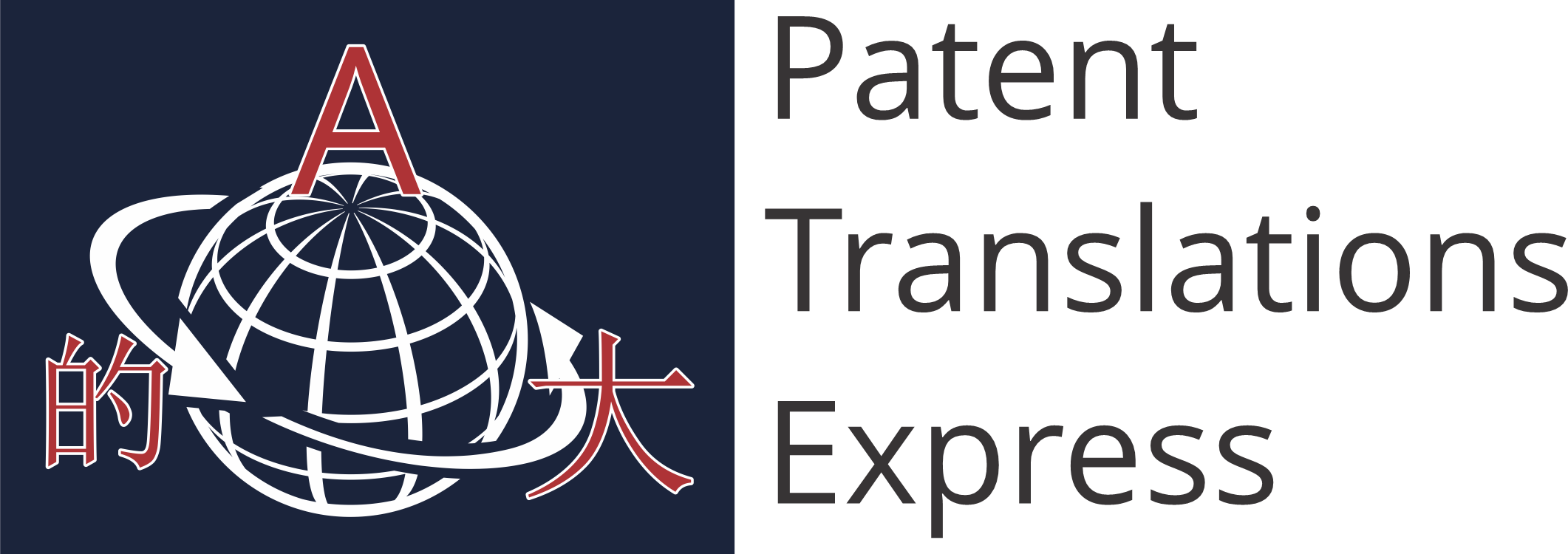Patent translation comprises of different patent translation techniques. These techniques help in translating the content within the patent application from one language to another. You also need to keep in mind that such technical translations are not simple. If a word for word translation fails to convey the same message as that in the original patent document then it isn’t enough.
You must understand that a patent translation is very delicate and requires high-level translation skills. The patent translation techniques require mastery of the source and target languages. You also need a knowledgeable person that understands the subjects properly.
This will certainly have an impact when you write a patent. So it is important to get the accuracy of the patent translation right.
Related Article: How Important is Computer-Assisted Translation?
What are the Different Patent Translation Techniques?
Now, you can understand what patent translation is and how difficult it is. Let’s have a look at the different patent translation techniques.
Target Clarity and Consistency
The major focus while translating an application is to make the objectives and the description as clear as possible. You must maintain consistency with the original application for perfect results. The translation shouldn’t change the meaning of the patent document. Using the appropriate jargon, language terminology, and maintaining unambiguity within the provided information is a must.
Therefore, the translator must-have skills and experience with the background knowledge about the subject.
Related Article: Qualities of an Efficient Patent Translator
Set Language Preferences
The structural and lexical differences for languages and the culture specification vary, in terms of territorial areas. This creates a clear distinction in terms of vocabulary, especially in the use of idioms and collocations. Translators must give clarity in writing style as this could bring consistency with the previous language data.
Therefore, it’s important to maintain consistency within data. With this, you can state the author-reader conventions easily. Also, the reader or the client should be able to interpret the right meaning from the application, even after translation.
To enhance the readability of the content, translators must describe the statements using extra phrases, or statements. Or, they even can play nicely with the structure of data without changing its meaning.
Related Article: 3 Basic Must-to-Have Possessions of a Patent Translator
Focus on Standard Terminology
Amongst many patent translation techniques, this is very important. The translator should be able to understand the meaning of formulas, flowcharts (if used), diagrams or sketches, etc. Thus, he/she should be able to interpret the meaning associated with them. One wrong interpretation or a single wrong assumption can alter the meaning of claims made.
Therefore, a translator must bear utter patience to understand each and every aspect carefully apart from some basic unavoidable possessions.
Be Aware
The translator should keep himself/herself up-to-date with the relevant technology and must be aware of the recent inventions properly. For this, reading and watching can be thought of as the best option. Reading the latest books, academic journals, good quality blogs, watching related documentaries, news, etc., is helpful.
Another good exercise is summarising existing articles, maintaining a diary of related keywords, etc. Then, one can apply the translation standards on it, which should enhance the quality of the translation.
A habit of proofreading
Proofreading the patent application has a lot of advantages. It will help you in catching errors before submission which may need corrections. And, it also helps the translator become more confident about his/her work. It is always better to clear out queries than leaving it in the air.
Open to learning from mistakes
This habit of learning from mistakes comes when the translator proofreads the work. A translator must not only correct the mistakes made but also must learn from his/her mistake. This helps to avoid the same in any future work. That would, in turn, save his/her time and efforts while deploying other patent translation techniques.
For example, variations between numbers in a table, or using non-obvious symbols to refer to tables are some errors. In such cases, the translator should correct such mistakes in brackets or footnotes.
Produce Task-Specific Quality Work
The translator must bear a quality while working and using terminology as per the concerned application. This means that the degree of formality or use of complex language must depend upon the type of target document. This is one of the most important patent translation techniques, if not the most important.
For example, you must state some documents such as forms, instructions in precise and relevant field-oriented language. You must decide the type of terminology by analyzing the target audience of the work.
Need Help with Patent Translations? – Patent Translations Express
It is absolutely necessary for you to have clear translations when working with patents. Be it translating existing patents or other relevant documents or translating your application. It is pivotal to translate every word without the loss of meaning at any point. Hence, hiring a professional is advisable.
We at the Patent Translations Express, have an exclusive network of native patent translators who are subject matter experts (SME’s) apart from having native language expertise. To avail our services, visit us.


2 thoughts on “Patent Translation Techniques : Introduction”